
The first wave of HFSS restrictions were introduced in October, meaning all stores over 2,000 sq ft can no longer place HFSS items near store entrances, checkouts or on gondola ends. Limits have also been placed on dotcom, with advertising restricted on homepages and basket additions.
How are brands responding to these restrictions? Test & learns continue to be a focus. Due to the lack of feature space and media choices now available in store, the key for brands is to ensure their product is front of mind before shoppers even enter the store. The tests have often focused on proximity and OOH media to drive awareness and direct shoppers to purchase in store, while others have focused on maintaining visibility by leveraging ‘healthier’ products in their repertoire, with the aim of driving a halo effect.
To those lucky enough not to be impacted, they are making the most of the space and media opportunities that have now become available. Where gondola ends used to be dominated by confectionery, there is now an opening for compliant brands.
In terms of how retailers are reacting, it varies across the board. Some have been testing in-aisle brand blocking as a way of mimicking the gondola ends that are no longer permitted, moving non-compliant products into the aisle with additional signage. The restricted areas are either being filled with compliant products or nothing at all. For some retailers, gondola ends have been removed completely and replaced with large digital screens providing new additions to media toolkits.
Whilst there is uncertainty surrounding the next phase of legislation, this does provide an opportunity for brands to reassess their approach to retail campaigns. The retail landscape is also facing new challenges with the rising cost of living, which is likely to push shoppers towards cheaper alternatives. It is therefore essential for HFSS brands to consider how they maintain shopper interest and mitigate the expected losses from reduced space in-store and promotional changes.
Brands should first review their total path to purchase, ensuring ATL and BTL activation is complementary to maximise every marketing pound spent. Strategising campaigns from the shelf-back will engage their target shoppers and drive them into store. Brands should be prepared for increased competition for in-category media both in store and online, but should continue prioritising key campaigns.
Retailer dotcom allows brands to be more reactive, however available search and favourites banners should also be booked in advance due to their high demand – not forgetting the importance of self-service sponsored product platforms that are now integral to any retailer dotcom strategy.
Working up the funnel, leveraging commerce-focused digital and OOH touchpoints should form a key part of brand plans – in particular, channels that leverage purchase, behavioural, demographic and location data to minimise wastage. Digital touchpoints drive an average brand ROI of £3.34 according to our Plan-Apps data, and should therefore be utilised whilst still accessible. These channels will recruit new shoppers by reaching them in the crucial basket-planning stage.
Although it is clear brands and retailers will continue to contend with a lack of clarity surrounding HFSS legislation, there is a clear opportunity for them to seize. Media and product innovation will be key to ensuring shoppers, retailers and brands are satisfied with the outcome.






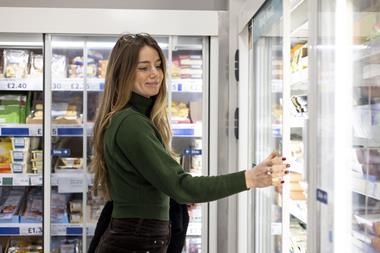

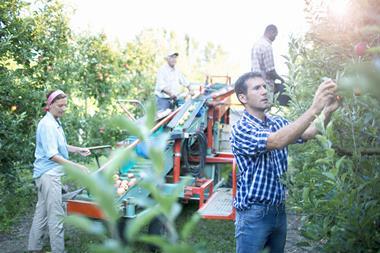
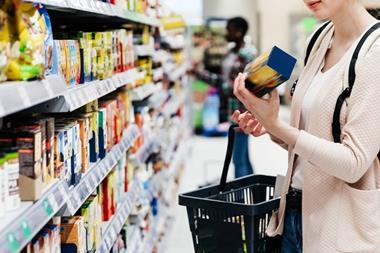
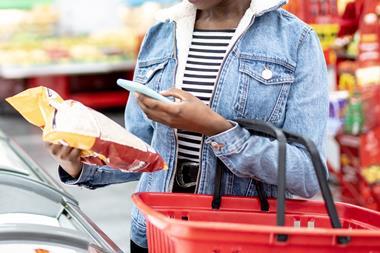
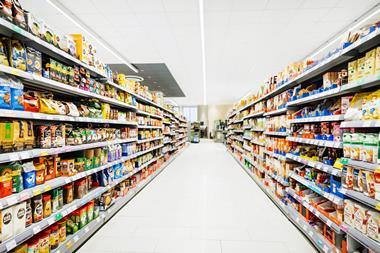



No comments yet